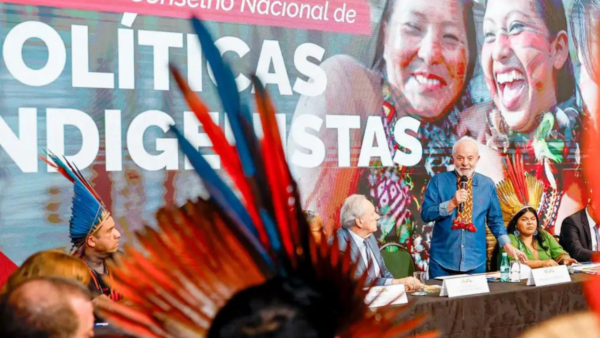Today, I would like to shed light on the power dynamics between the Legislative and Executive branches, which has been the center of numerous discussions in Brazil of late. To do so, I will first revisit a debate which has been covered by political science for decades and link this discussion to the current moment of Brazilian politics. In essence, to understand the relationship between these two branches of power, we must look at the institutional arrangement currently in force in Brazil. In other words: the rules of the political game involving Congress and the President’s office.
During the 1980s and 1990s, the world witnessed the rise of new political actors, coming from both the end of neo-colonialism and the consolidation of democratic suffrage as the dominant regime of politics. Researchers got to work on analyzing why grand authoritarian regimes were unable to achieve success and, furthermore, which model of democracy would ensure the highest level of institutional stability.
The idea that ruptures of democratic regimes could be connected to the fragility of the political system was a novel one; for the first time, answers related to the economy, culture, and society were seen as insufficient to explain the period which had just ended.
Therefore, a discussion began on the frontiers of knowledge of political systems and their characteristics. Which one was better? Presidentialism, parliamentarism, bipartisan presidentialism (as in the U.S.), or semi-presidentialism? Which system could withstand the conflicts inherent to politics, without putting democracy in check? A number of political scholars contributed to the debate by analyzing democracies with...


 Search
Search






































